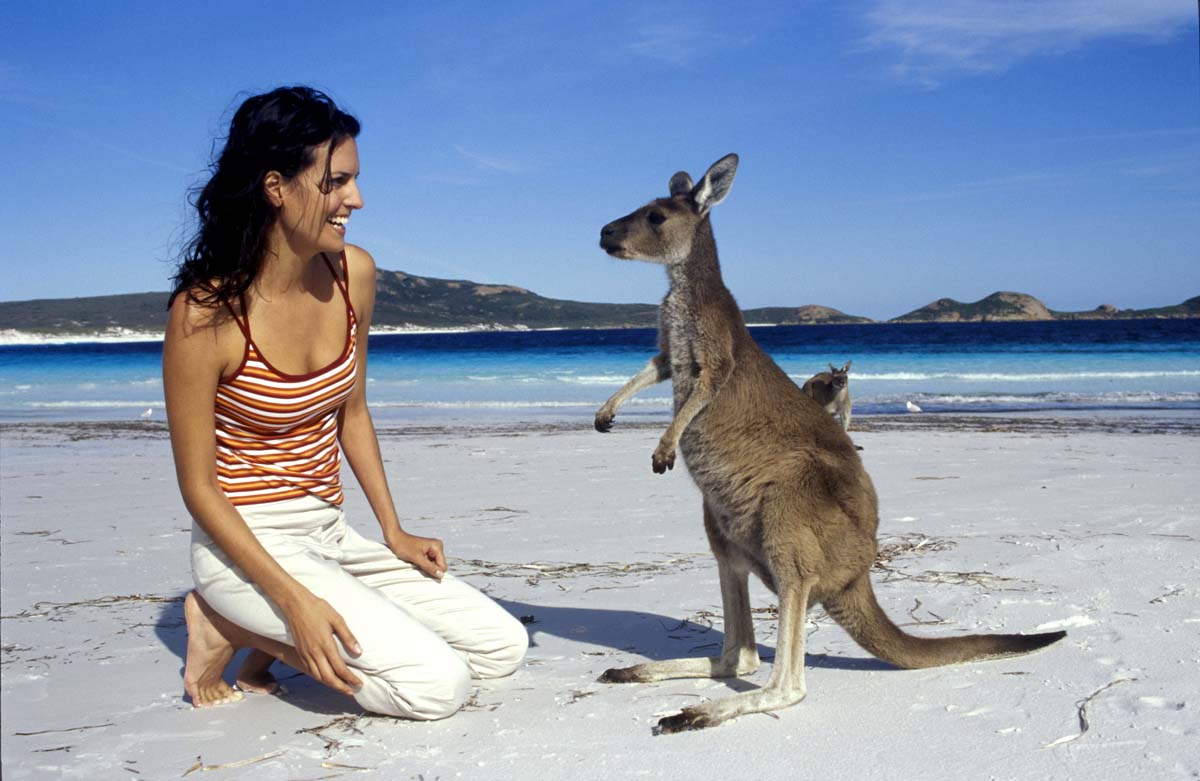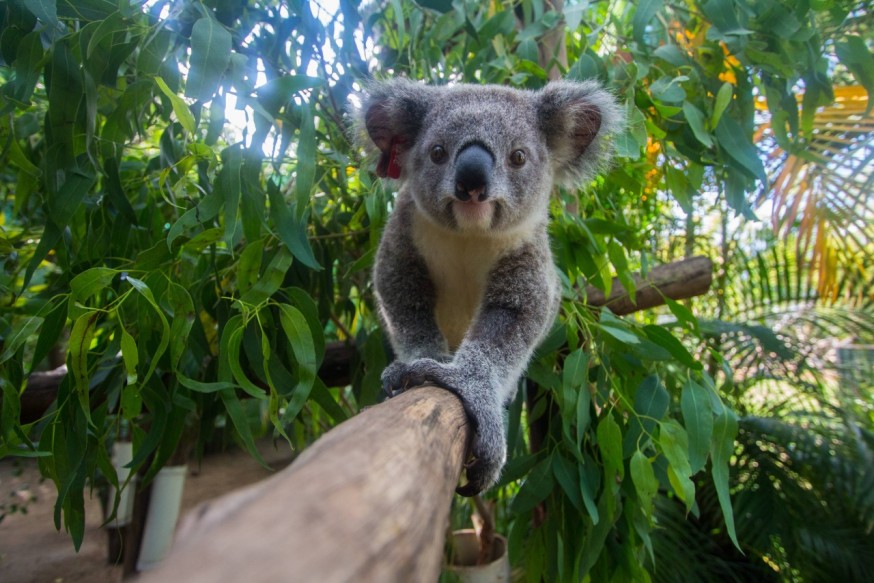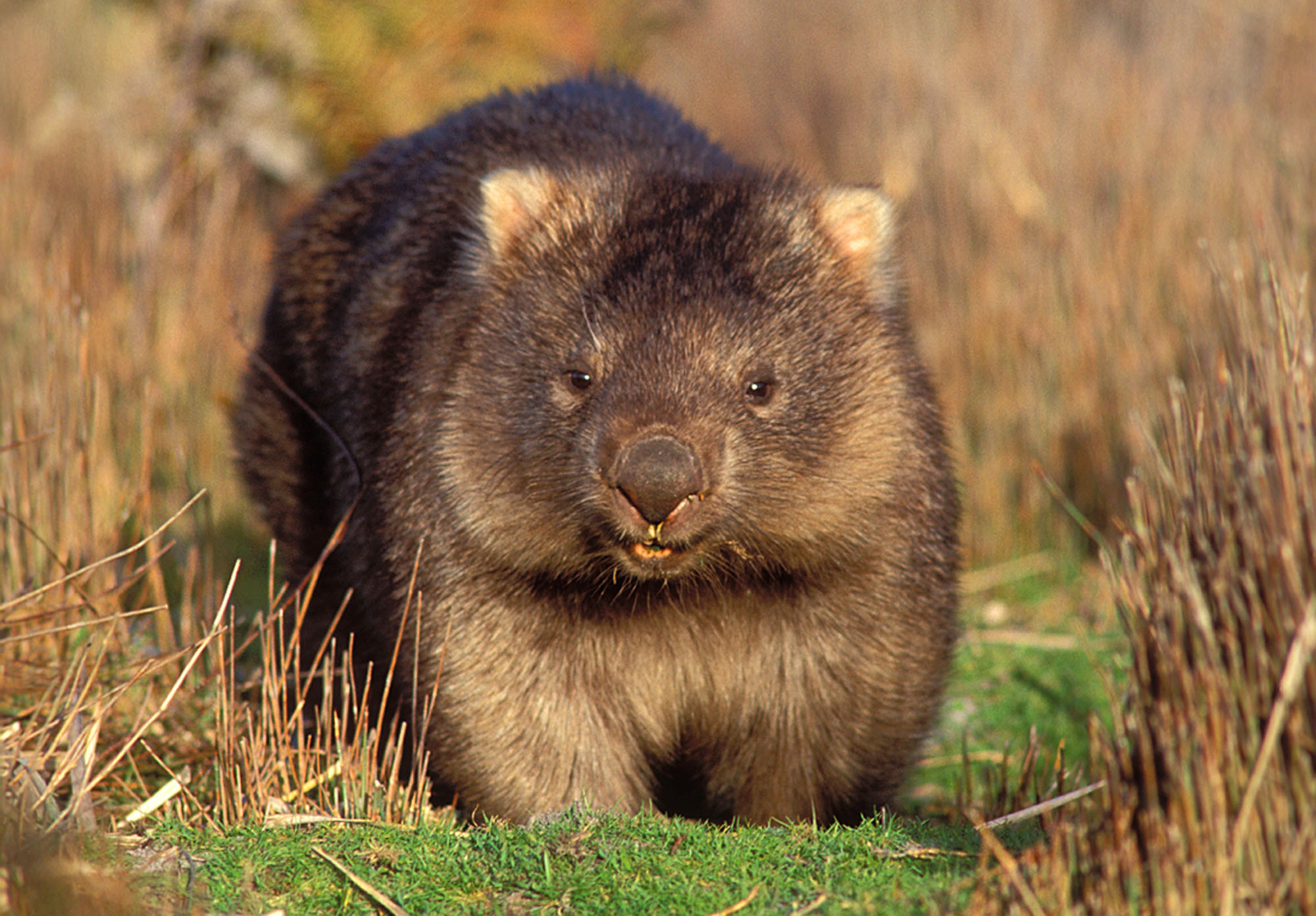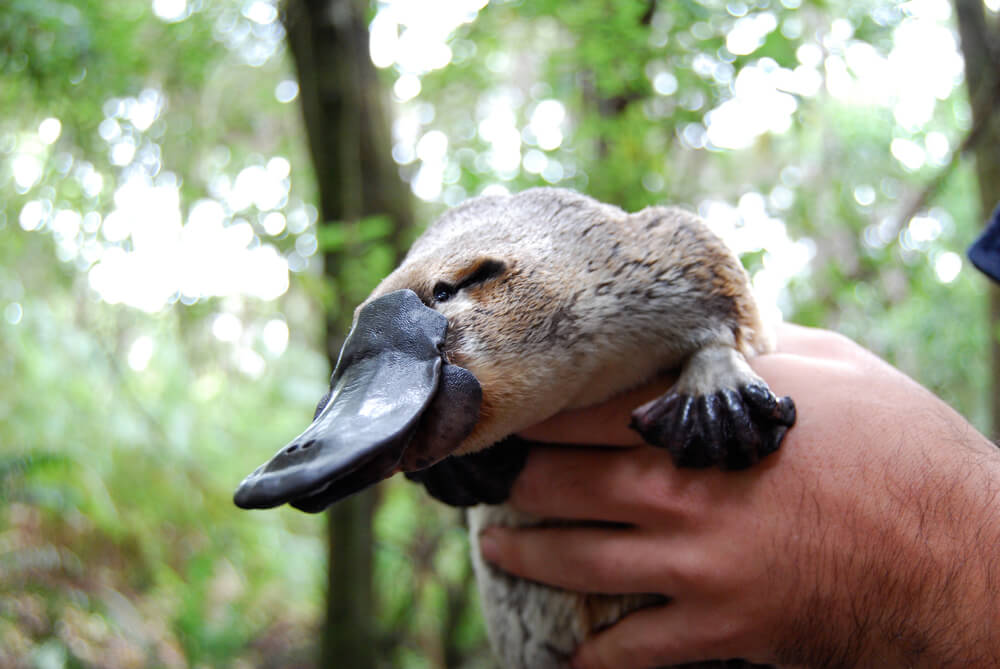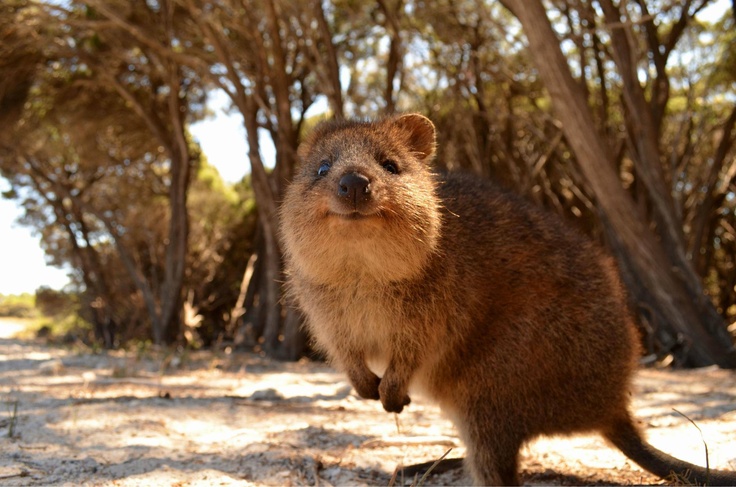Australia is home to a great many weird and wonderful animals including some of the world’s cutest and most adorable critters. After much deliberation, we have narrowed it down to the top five, and what a lovely bunch they are!
5.Kangaroo
Famous for keeping their young in a pouch, with a baby poking its funny little face out, the kangaroo is perhaps the first animal that comes to mind when we think of Australian wildlife. Along with the Emu, the Kangaroo enjoys the status of National Animal of Australia. While there are four distinct species of kangaroo living in Australia, the eastern grey kangaroo is the most loved after being immortalised in the 60s TV show Skippy the Bush Kangaroo which saw one such ‘roo rescuing people who have found themselves stuck in a well (it’s more common than you might think) and averting natural disasters.
While the adventures of Skippy may seem far-fetched, there have been a number of verified real-life reports where kangaroos have helped people in peril. These incidents have ranged from warning sleeping homeowners of approaching forest fires to protecting lost children. Cute and useful!
Considering the Kangaroo is one of only two animals that feature on the country’s official coat of arms, it’s no surprise that Kangaroos can be found in virtually every Australian territory.
4.Koala
Commonly referred to as a ‘koala bear’ because of its cuddly appearance and relaxed attitude, the koala is in fact a marsupial much more closely related to kangaroos than actual bears. Koalas spend almost their entire lives sleeping in trees (up to 20 hours a day) and it’s quite rare to see one wandering about on ground level. Their food of choice is eucalyptus leaves, which make them drowsy, meaning they tend not to move about much unless they absolutely have to. In a way, they are nature’s stoners.
Koalas prefer to live near coastal areas and are most common in Queensland, New South Wales and Victoria. Interestingly, koalas vary in fur colour depending on where they are found. Some koalas are silvery grey while others are chocolaty brown. It is unclear if these differences indicate separate subspecies. Nevertheless, all varieties of koala are equally friendly and huggable – so much so that Cushelle made them the mascot of their ultra-soft toilet paper!
3.Wombat
The wombat is the koala’s closest living relative and is every bit as cuddly looking, if not more so. Their stubby legs, general rounded appearance and large bottoms make them appear to be quite fat, when in fact they are very sturdy and muscular animals. Their large rear end is actually an ingenious defence mechanism. When a predator such as a dingo attacks a wombat, the wombat will make a break for the nearest tunnel. Despite appearances, a wombat can run at speeds of 40 kilometres per hour, much faster than the average person. Once it has escaped to safety, wombats will then use their enlarged and toughened posterior to block the tunnel until the predator gets frustrated and storms off after not being able to grab a hold of its prey.
Wombats have proven to be extremely adaptable animals and have been discovered living in all sorts of habitats from forests to mountains. While they are reasonably common in Queensland and the island state of Tasmania, people rarely see wild wombats, as they don’t like coming out during the day – unless it is particularly cloudy.
2.Platypus
When scientists first described the duck-billed platypus in 1798, the public did not believe them, thinking the creature too crazy-looking to be real. After all, what kind of self-respecting mammal spends all of its time in water, has legs that come out of the side of its body, lays eggs and possesses webbed feet, a tail shaped like a paddle and the face of a duck…without being an actual duck?
Despite its thoroughly bizarre anatomy, the platypus is a truly adorable looking critter. An upward turn in their bills gives the appearance of a goofy smile while their cumbersome movements when ambling about on land gives them a positively cartoonish appearance.
The duck-pilled platypus is native to the east coast of mainland Australia as well as Tasmania. They can also be found on the west side of Kangaroo Island, where humans have successfully introduced them to the local ecosystem.
1.Quokka
Despite being one of the very first Australian mammals to be encountered by European settlers (who mistook them for wild cats at the time), in terms of fame and popularity the quokka has lived in the shadow of better known Aussie animals such as the kangaroo and the koala for many years. Quokka is to Kangaroo the same way Kelly Rowland is to Beyoncé.
It was not until very recently, and with the help of the Internet, that the quokka became famous. In early 2015 the concept of the ‘quokka selfie’ meme took off where people attempted to take photos of themselves with the cheery-faced marsupial and uploaded them to social media. Ever the astute business ‘people’, quokkas are very friendly animals and seem only happy to oblige in posing for photographs with tourists (usually in exchange for food – they tend to prefer flowers over all other food types) and will actively approach people when they see them. In fact, until very recently, quokkas were almost exclusively nocturnal but have seemingly learned that humans mostly come out during the day and have changed their sleeping habits in order to become more sociable.
While the quokka is very friendly, people should bear in mind that it is illegal to touch them (even if the proposition is made to you) as they are considered a threatened species. On the spot fines of $300 (or $2,000 in court) are issued to people who break this law. However, it is perfectly legal to get your photograph taken with them.
Quokkas are very rare on the Australian mainland, restricted to small pockets in the south-west. They thrive on nearby islands where they have very few natural enemies and welcome visits from the tourists flocking to see this Internet celebrity animal in the flesh.

